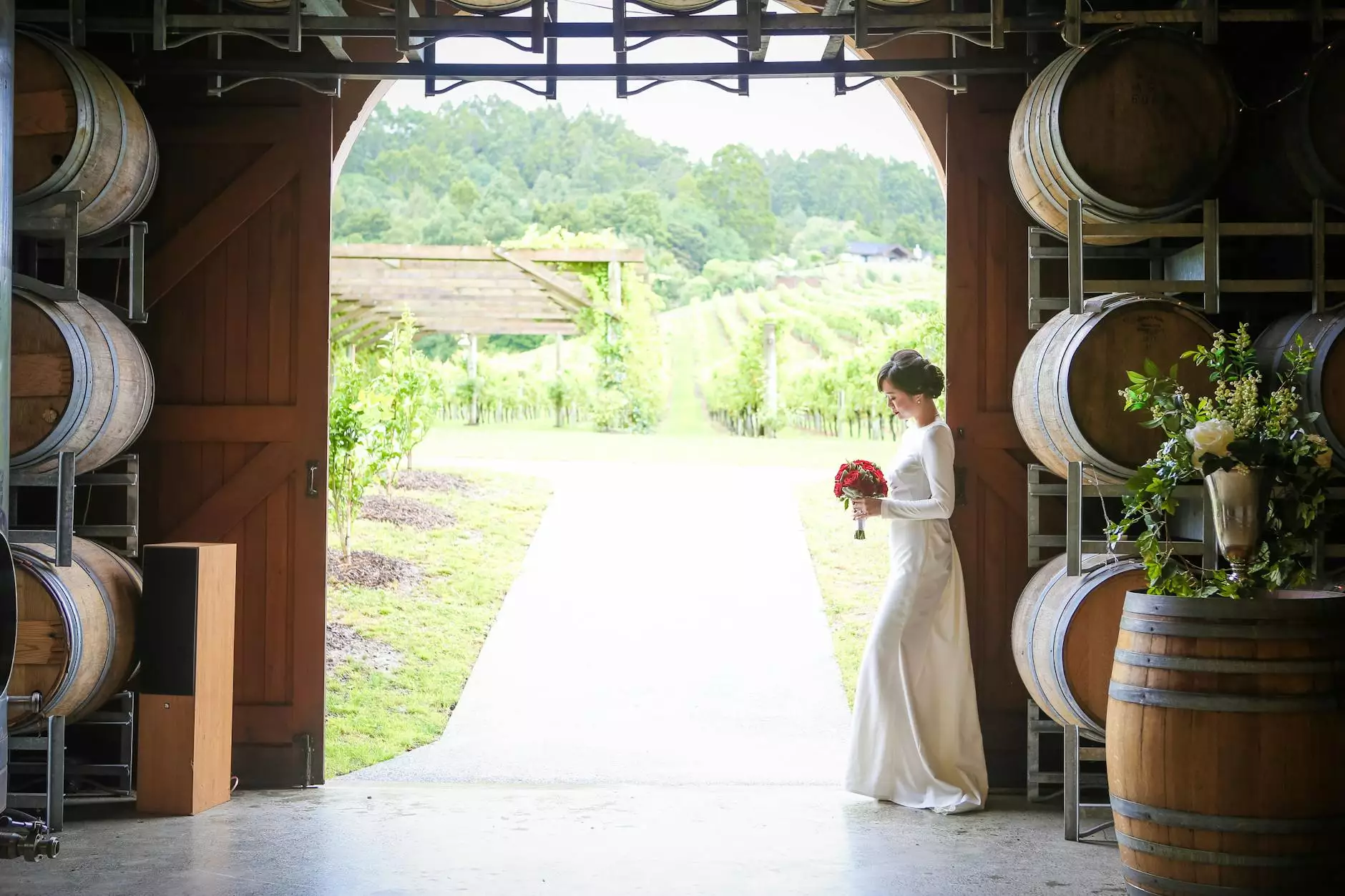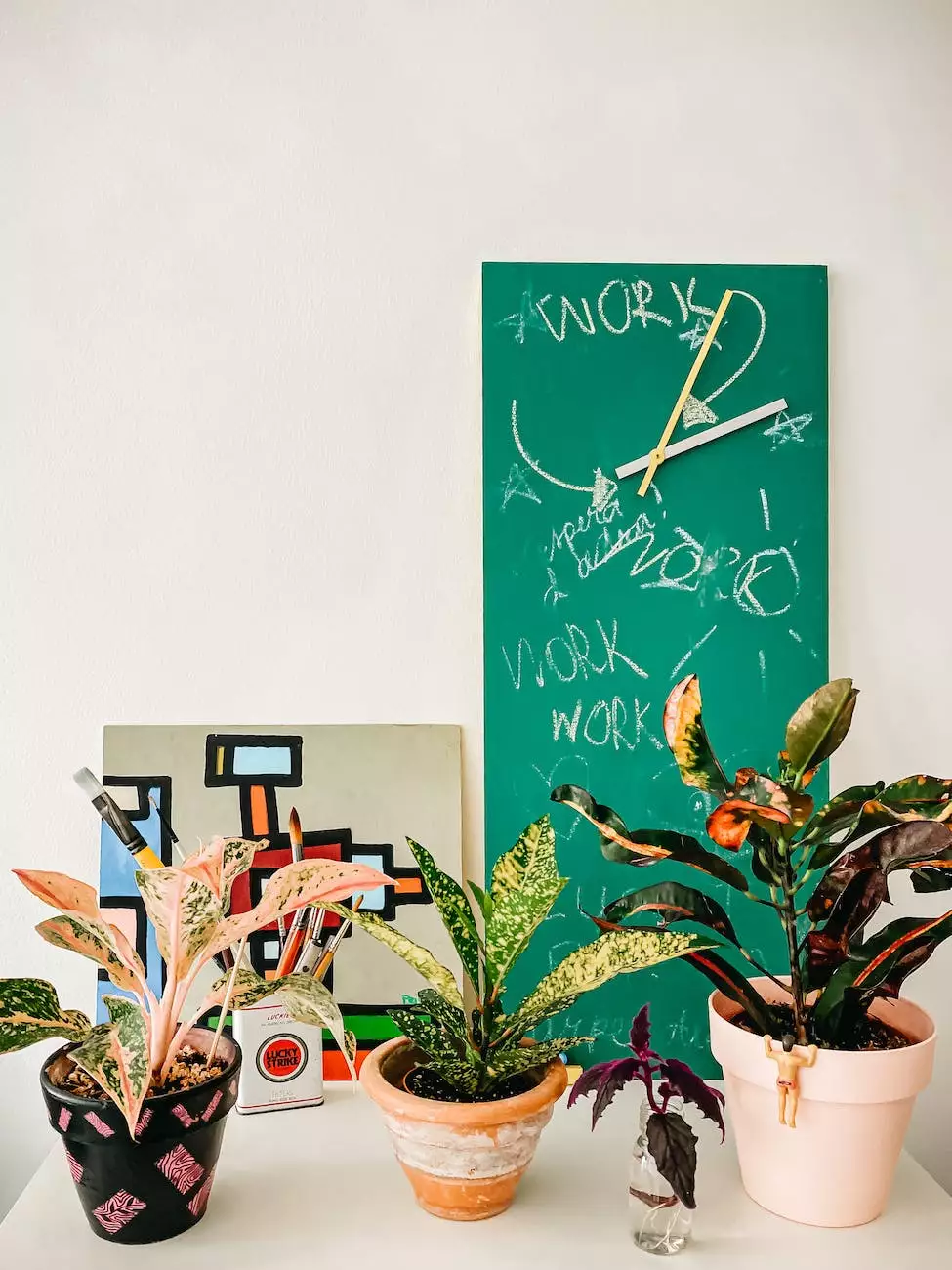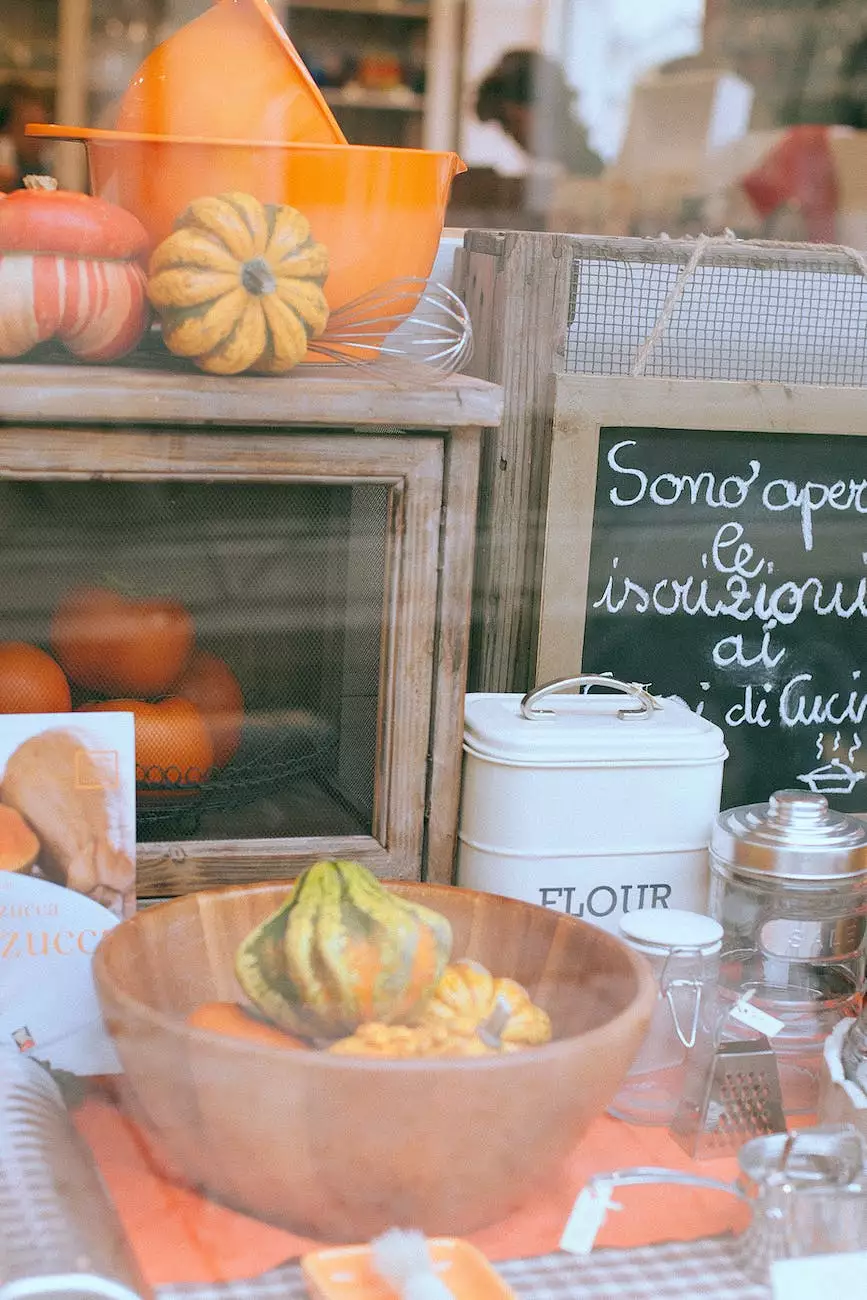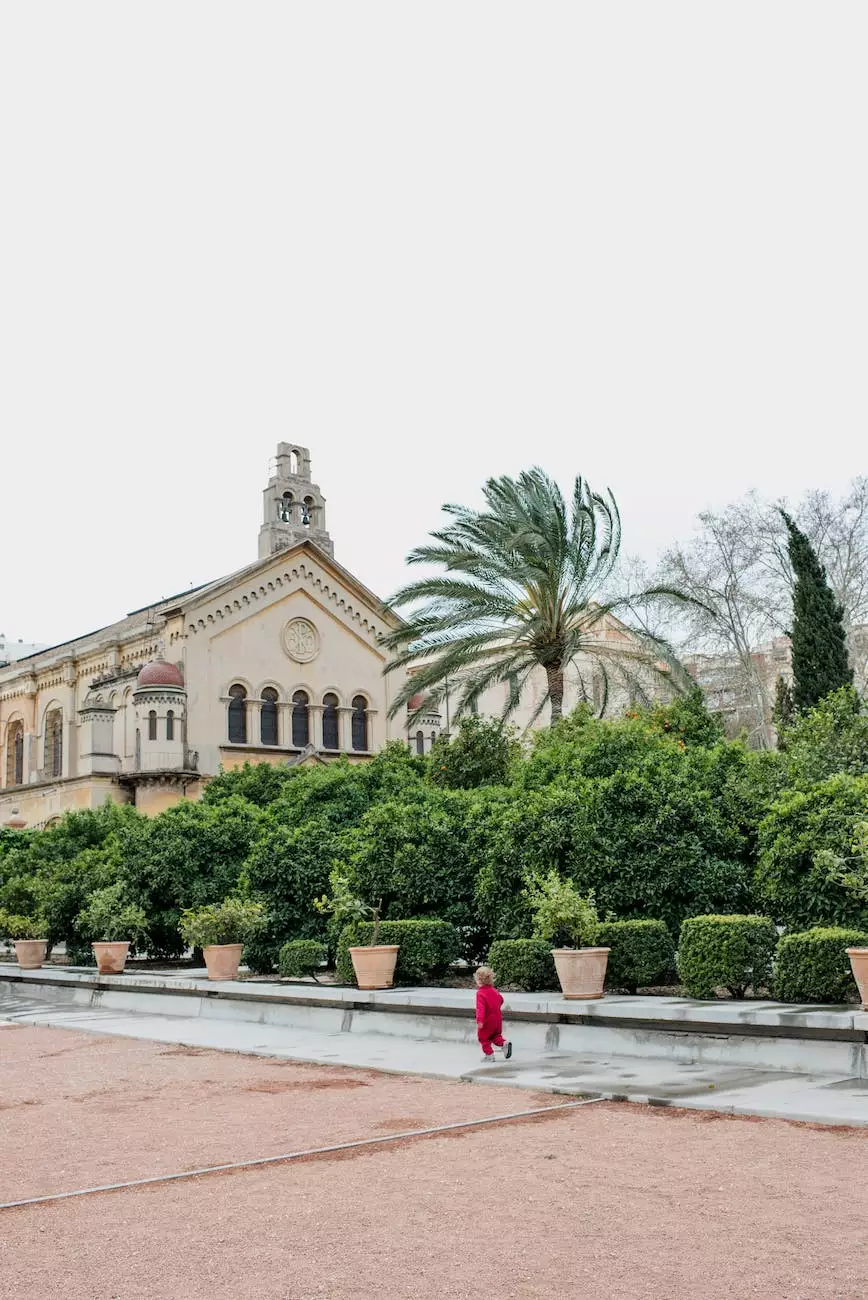Grape Hyacinth - Ted Lare - Design & Build
Fall Color
Introduction to Grape Hyacinth
Grape Hyacinth, also known by its scientific name Muscari, is a unique and captivating flowering plant that belongs to the Asparagaceae family. It is native to the Mediterranean and Middle East regions, but it has gained popularity and can now be found in gardens around the world.
With its vibrant purple-blue clusters of flowers resembling tiny grapes, Grape Hyacinth adds a charming touch to any landscape. It is a perennial plant that blooms in spring, creating a beautiful carpet of color.
The Beauty of Grape Hyacinth
Grape Hyacinth is admired for its compact size and delicate appearance. The flowers are small, bell-shaped, and densely packed on erect stalks, creating a visually striking display. The intense blue color of the flowers adds a splash of color to gardens and attracts bees and butterflies.
One of the exceptional qualities of Grape Hyacinth is its adaptability. It thrives in various soil types and can tolerate both full sun and partial shade, making it a versatile choice for gardeners. Additionally, it is a relatively low-maintenance plant that requires minimal care once established.
Growing and Caring for Grape Hyacinth
If you're considering adding Grape Hyacinth to your garden, here are some essential tips for successful growth:
1. Planting Location
Choose a location that provides well-drained soil to prevent waterlogged conditions. Grape Hyacinth prefers areas with ample sunlight but can tolerate partial shade. Ensure there is enough space for the plants to spread and grow.
2. Soil Preparation
Prepare the soil by removing weeds and loosening it with a garden fork or tiller. Incorporate organic matter, such as compost or well-rotted manure, to improve the soil's fertility and drainage.
3. Planting Process
Plant Grape Hyacinth bulbs in the fall, approximately 3-4 inches deep and 4-6 inches apart. Space the bulbs according to the desired visual effect, as they tend to multiply over time.
4. Watering and Fertilization
Water the bulbs after planting and ensure they receive regular water during the growing season. However, be careful not to overwater, as it can cause the bulbs to rot. Avoid fertilizing during the growing season, as Grape Hyacinth does not require excessive nutrients.
5. Pruning and Maintenance
After the flowering period, allow the foliage to wither naturally before cutting it back. This allows the plant to divert energy to bulb development. Removing spent flowers can also help promote healthier growth.
6. Pest and Disease Control
Grape Hyacinth is generally resistant to pests and diseases. However, watch out for snails and slugs, as they may feed on the foliage. Applying organic pest control methods or using barriers can help protect the plants.
Enhance Your Garden with Grape Hyacinth
At Cutting Hedge Services, we specialize in transforming gardens into breathtaking landscapes. Our dedicated team at Ted Lare - Design & Build understands the importance of selecting the right plants to enhance the beauty of your outdoor space.
Grape Hyacinth is a fantastic addition to any garden, offering both aesthetic appeal and easy maintenance. Its small size makes it suitable for borders, rock gardens, and container plantings.
Contact us now to learn more about our professional gardening services. Our experts will assist you in designing, planting, and maintaining your dream garden.
© 2022 Cutting Hedge Services. All rights reserved.










